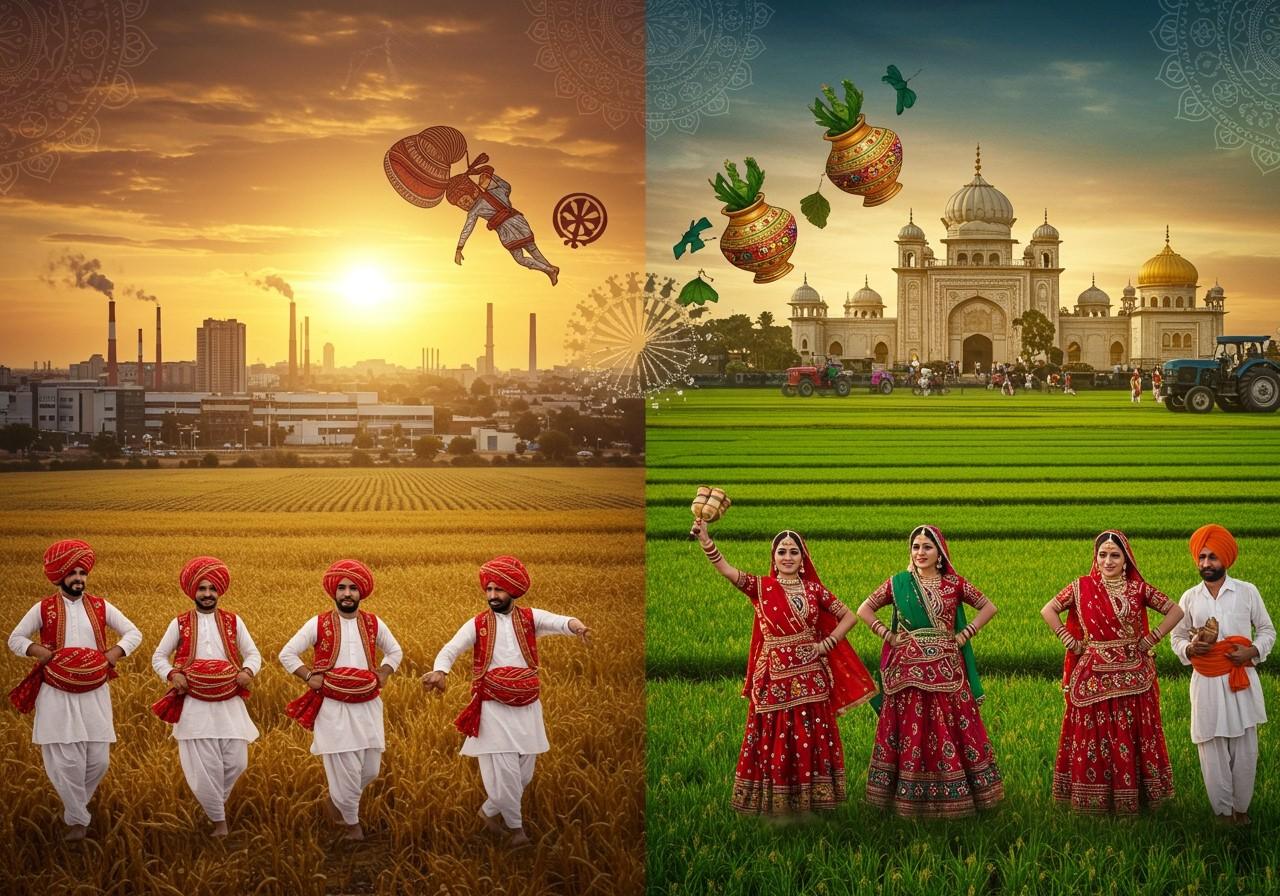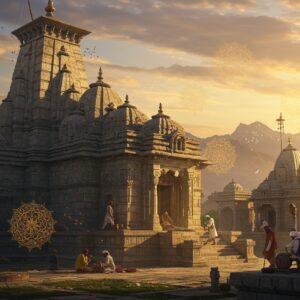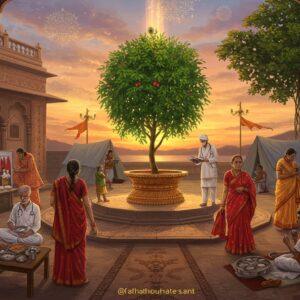
Haryana and Punjab, two northern Indian states, share intertwined histories yet possess distinct identities shaped by unique geographic, economic, and cultural contrasts. Exploring their traditions and modern developments unveils a rich tapestry of heritage.
Historical Context
Haryana’s Formation from Punjab
On November 1, 1966, Haryana emerged as a separate state from Punjab, driven by linguistic and socio-economic factors. This partition, influenced by key figures and events, impacted local populations and infrastructure. Post-separation, Haryana faced challenges in establishing its own governance and identity.
Shared Capital – The Uniqueness of Chandigarh
Why Chandigarh Serves Both States
Chandigarh, designed by Le Corbusier, serves as the capital for both Haryana and Punjab due to historical and political reasons. Its unique administrative logistics have cultural and economic implications, presenting both benefits and challenges for the two states. The city’s architectural significance adds another layer to its shared identity.
Economic Contrasts
Comparing Economies of Haryana and Punjab
While Punjab, historically known for its agricultural dominance, particularly its contributions to the Green Revolution, has seen its per capita income decline to 106.7% of the national average in 2023-24, down from a peak of 169% in 1970-71. Haryana, on the other hand, has embraced industrialization and IT, fostering growth in key cities like Gurgaon, and surpassing Punjab in key economic indicators like average growth rate and per capita income due to its business-friendly policies.
Cultural Differences
Exploring Rich Cultural Tapestry
Haryana and Punjab boast distinct cultural expressions. From traditional attire and festivals to music and dance, their identities are vibrant and unique. Linguistic diversity is evident in Haryanvi and Punjabi dialects. Culinary specialties further reflect regional differences, while Sikhism’s influence in Punjab contrasts with prominent Hindu practices in Haryana. Arts and crafts play a vital role in preserving their cultural heritage amidst modernization.
Geographic Overview
Examining Geographic Features
Detailed maps reveal the topographical variations between Haryana and Punjab. Major rivers like the Sutlej and Yamuna shape the landscape, while varying climatic conditions influence agricultural practices. Key cities hold geographic importance, impacting transportation infrastructure and connectivity within and between the two states.
FAQs on Haryana and Punjab
When was Haryana formed? Haryana was formed on November 1, 1966, after its separation from Punjab.
Why is Chandigarh the capital of both states? Chandigarh was designated as the shared capital due to historical and political circumstances surrounding the states’ separation.
How do their economies differ? Punjab’s economy is primarily agrarian, while Haryana has diversified into industrial and IT sectors. Punjab’s per capita income, once significantly higher than the national average, has declined to 106.7% in 2023-24, while Haryana’s has risen, reflecting their different economic trajectories.
What are the key cultural distinctions? While both states share some cultural elements, Haryana’s culture leans towards Haryanvi traditions, whereas Punjab’s is heavily influenced by Punjabi customs, including its distinctive music and dance forms.
Where can I find a map of both states? Maps depicting Haryana and Punjab are readily available online and in physical stores.
Poojn.in: Your Source for Spiritual and Cultural Needs
Poojn.in caters to the diverse spiritual needs of both Haryana and Punjab. We offer a wide selection of authentic puja items and ritual supplies, ensuring devotees have access to genuine products for their religious practices. Whether you need specific items for Karva Chauth in Haryana or Guru Granth Sahib accessories in Punjab, Poojn.in provides convenient access to high-quality products.
-
Specifically for Haryana: Find complete Karva Chauth puja sets, traditional havan samagri, pure cotton wicks, and brass puja items tailored to local customs. Explore our Chand Mala collection for an essential Karva Chauth accessory.
-
Specifically for Punjab: Discover Guru Granth Sahib accessories, Kadas and other Sikh religious items, special puja thalis for Lohri, and pure ghee diyas for Diwali. Browse our selection of cotton threads essential for various Punjabi rituals.
Poojn.in offers:
- Free shipping on orders above ₹499 within India
- Genuine, quality-checked products sourced ethically
- Direct delivery to your doorstep for convenience
- Expert guidance on product selection and usage
- Bulk order options for temples and institutions
Visit www.poojn.in or connect with us on social media to explore our complete range. We are committed to supporting the spiritual practices of individuals and communities in Haryana and Punjab with authentic and accessible products.
Conclusion
Haryana and Punjab, though sharing a common past, have charted distinct courses, forging unique identities. Their intertwined history, diverging economic paths, and rich cultural landscapes offer a compelling study in contrast and unity. While Haryana thrives on industrial growth, Punjab retains its agricultural strength, each contributing significantly to India’s progress. Their cultural traditions, from vibrant festivals to flavorful cuisines, reflect a deep reverence for heritage while embracing the dynamism of modernity. Understanding these two states provides valuable insights into the diversity and interconnectedness that define India.


